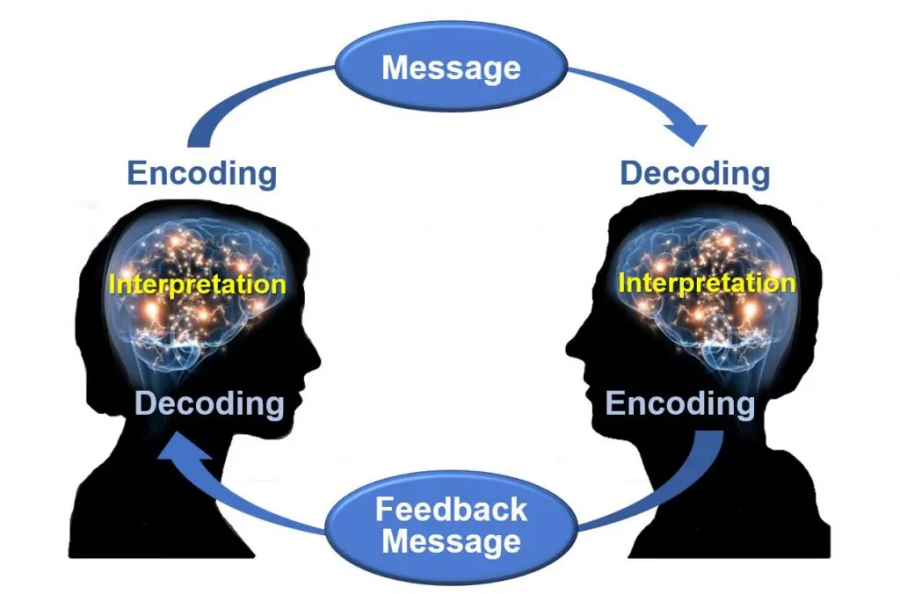Encoding and decoding theories are some of the basic concepts in the incidence of how meaning moves in systems of communication. These concepts were formed in the communication theory and subsequently acquired in the cultural studies domain and emphasize the idea that the meaning is not merely a pumped out in a sender-receiver manner but rather, it is a product created, constructed and often disputed.
Encoding
The Making of the Message. Encoding can be defined as a process by which a creator inculcates meaning into a message. This is whereby one chooses either linguistic, visual, or auditory signs that are going to be used to depict certain ideas. Notably, the nature of encoding is determined by the social status, cultural presupposition, institutional, and communicative objectives of the creator. An example of this would be a news broadcast where a broadcast journalist would encode a story into some form of journalism guidelines whereas an advertiser would encode some emotions like desire or aspiration under the imagery and presentation of the story. Therefore, the process of encoding is not a mutually advantageous activity, but it represents the relations of power, the systems of ideology, and the prevalent cultural beliefs.
Decoding
The Process of interpreting the Message. The other process is decoding in which the viewers decode a message that has been encoded. Instead of reactively receiving information, the audiences actively build meaning based on their own cultural background, experience and knowledge systems. Consequently, the decoded message could be very different as compared to the message that was sent out. A film that is meant to cause the feeling of national pride, say, can be deconstructed into nationalistic or sidelining by some of the audience. Decoding thus brings out the difference in meaning and stresses on how context plays out in forming meaning.
Stuart Hall’s Model
The model that was popularized by Stuart Hall in his study of Encoding/Decoding signifies three main positions of the interpretation:
Dominant (or preferred) reading- the audience affirms the intended message coded by the encoder.
Negotiated reading – the audience does not reject all the aspects of the intended meaning, but modifies them in conformity with the individual views.
Oppositional reading – the audience realizes but discards the intended message and interprets the message in a different ideological perspective.
In this model, much attention is given to the fact that the meaning is not predetermined; it is created by an interaction between the encoded structure and the interpretive practices of the target audiences. Encoding and Decoding of Digital Culture. The encoding and decoding have been made faster and more fragmented in the current digital space. The expansion of memes, the online discussion, and the algorithmically-selected materials proves the reinterpretation and recontextualization of messages. The wrongful communication mostly presents itself in the form of miscommunication where there is a discrepancy between the intentionality of encoding and the actuality of decoding when using text-based media.
Conclusion
When one is aware of the process of encoding and decoding, it becomes possible to be quite nuanced in communicating and using media. It discloses the construction of meaning, the manner in which it might evolve depending on context and how the audiences contribute to the construction of culture narratives.

